Angel Row
This runs from the end of St James Street to the beginning of Mount Street.
See below link for more:
https://nottinghamhiddenhistoryteam.wordpress.com/2012/09/01/nottingham-street-tales-angel-row/
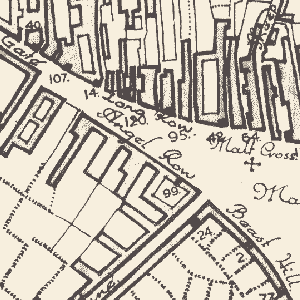
Back Lane was a short-cut to the Newark road (Carlton Road), it was later widened and re-modeled and re-named to Manvers Street.
See below link for more:
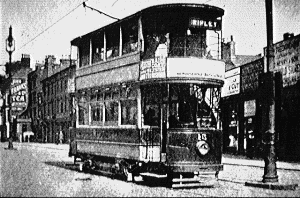
A Ripley bound Tram on Upper Parliament Street, the row of buildings in the background run from the top of Market Street (distance) to the top of Chapel Bar (near).
See below link for more:
A barker was a tanner, from their use of Oak Bark for the tanning process, the term Tanner comes from the fact that putting Oak bark in water releases a organic compound called Tannin.
First the Barker would pummel the bark then pits were filled with alternate layers of cleaned and prepared skins and bark, then filled with water, they were then left for about a month.
They were then transferred to a new pit and more bark added, this was repeated many times, the tanning liqueur getting stronger each time.
A small thin skin required about 6 pits (6 months), large, thick skins could need 24 pits (2 years), the average was about 9 pits (9 months).
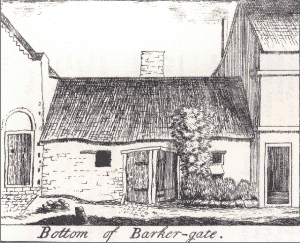
This illustration is from “History Of Nottingham”
by Charles Deering M.D. 1751.
It may have been used in connection with
the Barker/Tanning trade, perhaps as a
store house for skins.
Is where the cages for the town bears were kept that were used for bear baiting in the Mkt. Square (a cruel entertainment).
A reference from the Borough Record selling the rights to “the Bull Piece” (a stone in the Market Square with a metal ring attached to tether the Bull to, shows that it was still in use).
“1814. August 30, Corporation mortgage
Attested copy of mortgage by the Mayor and burgesses to John Bullivant of Oakham, co. Rutland, gentleman, for £1200, of the Dolphin, near Chapel Bar, a messuage on Smithy Row let to George Sharpe, grocer, a close near Trent Bridge let to Joseph Armitage, the Bull Piece, the Pinder’s Fee, and I acre of land in the Ryehills belonging to it.”
Renamed to Mount Street to hide previous use and celebrate the raising of the standard on the Mont (1642 English Civil War).
Beck Street runs from the end of Heathcote Street to the beginning of St. Anns Well Road.
1647/8, January 29.
Feoffment by ‘Mary Woolly,’ of Nottingham, Widow, to William Flamsteed., of Nottigham, gentleman, and John Drewry, of Nottingham, butcher, in persuance of the will of ‘Thomas Woolleye,’ her late husband, of 2 cottages or tenements, ‘with the appurtenances, and the yards, gardens, and backside therto belonging,’ situate in Beck Lane, Nottingham, and an annuity of 40s. out of her 4 cottages in Goose Gate…..
Beest Hill [Beast Market Hill]
Beast Market Hill runs from the end of Friar Lane to the beginning of St. James Street.
This was the site of the animal pens on market day, from the time of the Normans.
1701-2, Thursday, March 5.
The Question being putt, whether or no the Hollow near the Beastmarkett be Arched and filled up, Itt was carryed in the affirmative by the Majority of Votes.
Beller Gate runs from the end of Hollow Stone to the beginning of Barker Gate.
On the 5th of December in 1795, at his residence in Bellar Gate, Mr. John Arnold (in his 69th year) Died.
This individual was very eccentric. He was possessed of a small independency, and having nothing better to do, mixed very freely with public house society.
For small bets on any disputed point he had a particular partiality, but invariably persisted in holding the stakes himself.
Hence arose the once common inquiry when a bet was proposed, “Who shall be Johnny Arnold?” ie., Who shall hold the stakes?
Birch Lane [St. Peters Lane, St. Peters Church Walk, Churchgate]
Birch Lane runs from St. Peters Chuch to Low Pavement.
Originaly a narrow road, now a footpath behind a large store.
See link below for more:
Blow Bladder St [Part of Fletcher Gate]
Originally the home of Musical Instrument makers, bladders from animals were used for the wind-bags in pipes and other such instruments.
Boot Lane runs from the end of Mansfield Road to Parliament Street.
Bottte Lane runs from Fletcher Gate to St. Peters Gate.
A “Bridlesmith” was a maker of snaffles, bits, stirrups and other horse, saddle and harness furniture.
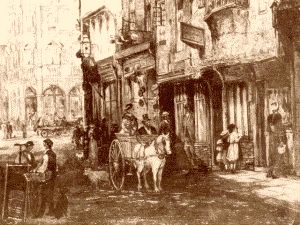
By this time the smiths had all gone, being close to Sadler Gate (High Street) it was a shopping area.
It also contained the Rose Tavern one of Nottingham’s well known coaching inn’s.
Just off “Bridlesmith Gate” is “Byard Lane” byard was French for collar, as in horse collar.
Carlton Street: See Swine Green
Chandlers Lane [Victoria Street]
Widened and renamed for a visit of Queen Victoria.
Chepe Side: See Shoe Booths and Rotten Row
See link below for more:
Widened, the land donated by The Duke of Portland who owned Clumber Park, so street renamed to reflect this.
Fletcher Gate: See Flesshewer Gate & Blow Bladder St
Flesshewer Gate [Fletcher Gate]
Formed one side and run-off of the old Weekday Cross market place and was the original site (before the butchers Shambles were built behind the Exchange) of the Towns butchery trade, literally translated “flesh hewers” gate.
Gridlesmith Gate [Pelham Street]
See link below for more:
Long Row
See link below for more:
https://nottinghamhiddenhistoryteam.wordpress.com/2012/09/08/nottingham-street-tales-long-row/
Back Lane was a short-cut to the Newark road (Carlton Road), it was later widened and re-modeled and re-named to Manvers Street.
Mount Street: See Bearward Lane
Formed one side and run-off of the old Weekday Cross market place and was the original site (before the butchers Shambles were built behind the Exchange) of the Towns butchery trade, literally translated “flesh hewers” gate.
Parliament Street: See Back side
Pelham Street: See Gridlesmith Gate
Pilcher Gate
Makers of fur garments.
Rotten Row: See Shoe Booths and Rotten Row
Shakespeare Street
See link below for more:
Sheep Lane [Market Street {Blood Lane}]
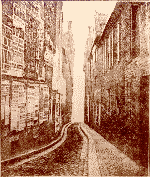
This was before it’s widening to make it into Market Street.
From the Top:
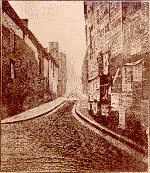
This was before it’s widening to make it into Market Street.
From the Bottom:
See link below for more:
Shoe Booths and Rotten Row [Chepe Side]
These two elements formed the other side of the thoroughfare and faced the Poultry. The Shoe Booth’s were originally a range of stalls dedicated to production and selling of footwear and as the town developed a row of shoe shops replaced the original stalls.
On 13th October 1800, upwards of two hundred pairs of shoes were seized by the authorities, pursuant to Act of Parliament, at different “Cheap Shoe Wharehouses” in the town, and the owners thereof convicted in the penalty of 3s. 4d. per pair, “for exposing shoes for sale made of improper leather.” They were made of sheepskin instead of cowhide.
Rotten Row continued on from the end of The Shoe Booths and, as the name hints at, was a quagmire, a very muddy area. These two names where dropped when the Council House replaced the old Exchange and that side of the thoroughfare became “Chepe Side” from the French “Chepe” meaning “Market”, so it was not where all the cheap items where found but rather the Side of the Market.
St. Peters Church Walk: See Birch Lane
St. Peters Lane: See Birch Lane
Swine Green [Top of Carlton Street]
Originally the Pig Mkt. but latter moved, due to congestion and complaints and renamed as part of the insuing clean-up. If followed it would eventually lead you to Carlton.
Theatre Square
Named after the theatre it contains, the Theatre Royal.
On the day it opened it’s doors for it’s first show, it hadn’t been quite finished. The joiners and painters where still finishing the inside, the patrons of the first performance though may have though that this was part of the production, as the show was entitled “The House That Jack Built“.
Until the tidying up and re-levelling of the Mkt. Square there was a line of trees along one side, it was here that the local sawyers had their saw-pits and timber merchants plied there trade.
Toll House Hill [Bottom of Derby Road )
See link below for more:


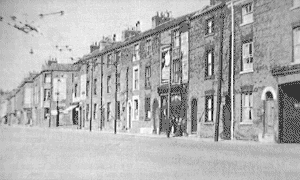

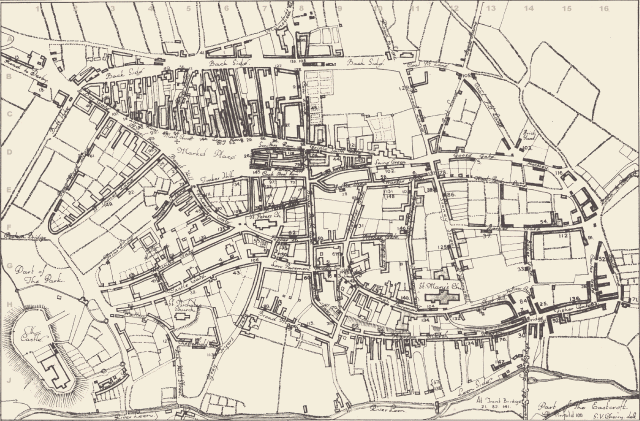
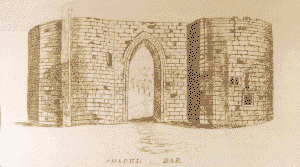
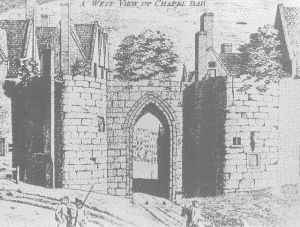
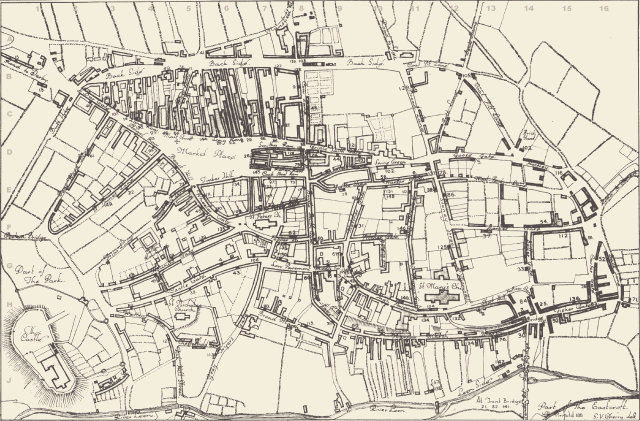
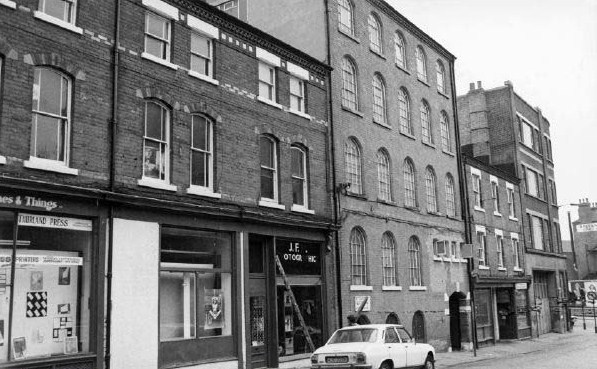
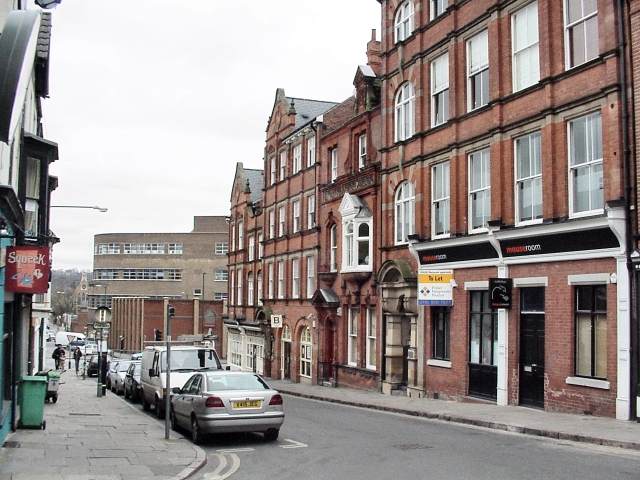
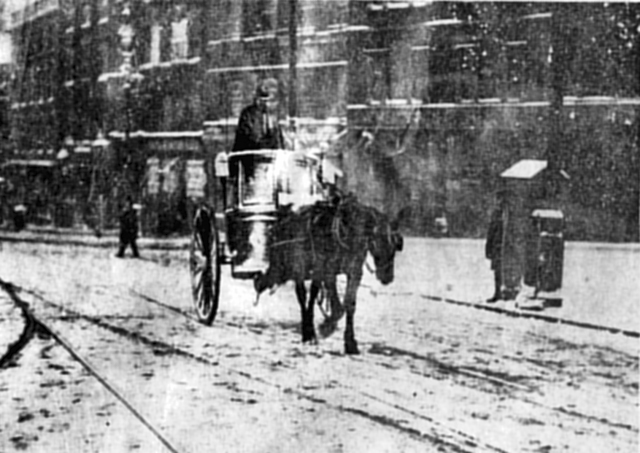
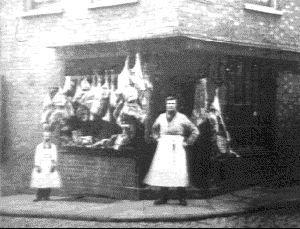
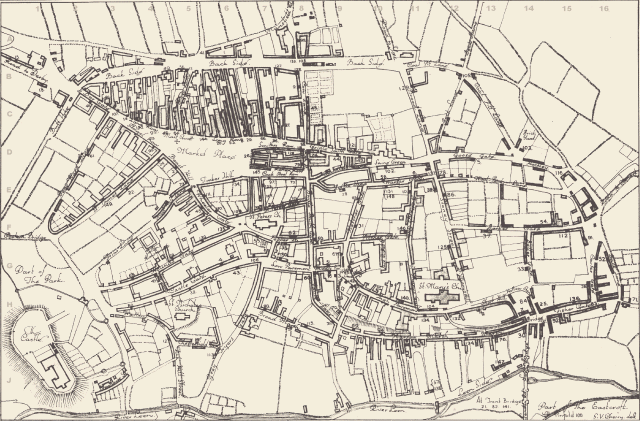
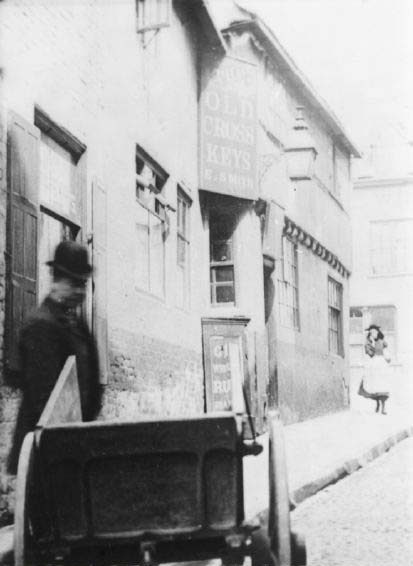
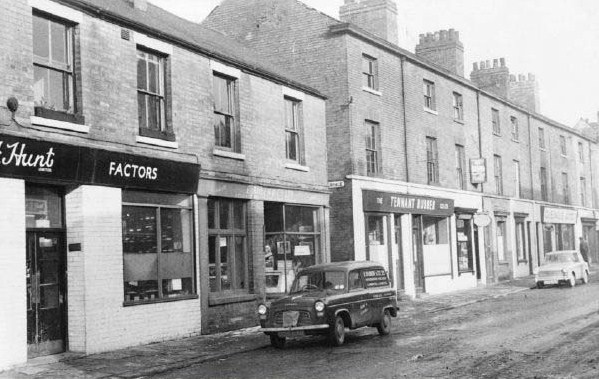
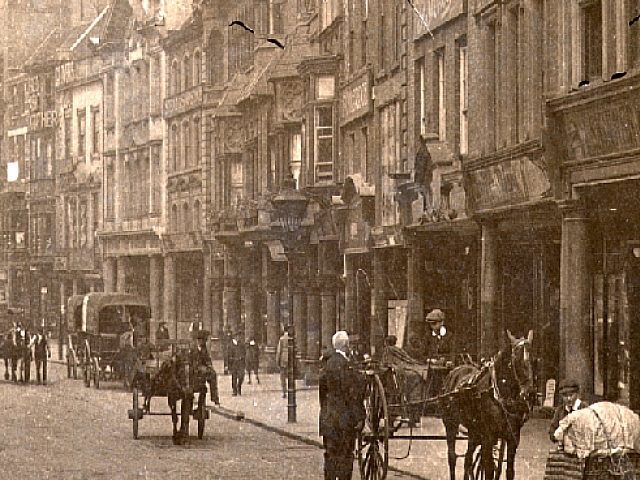
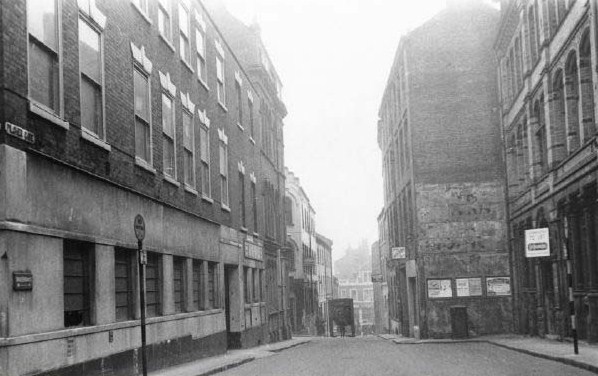
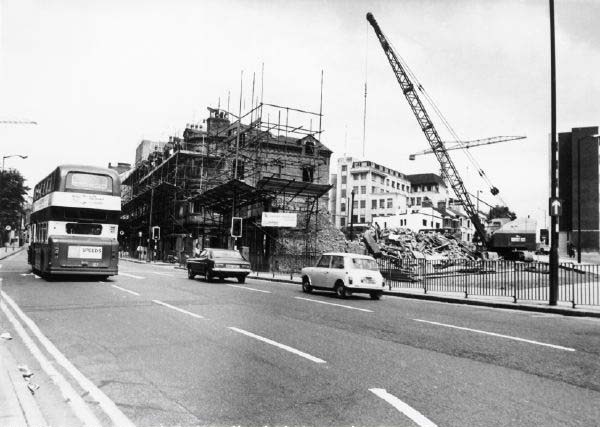

We just came across your brilliant site after a walk 28/8/16 in the Hollowstone area. My partner Halina is from Bydgoszcz in Poland and has been in Nottingham now for 10 years and is very interested in the recent history and characters of Nottingham and I’m from Newark originally and have been in Nottingham for 7 years. We love to walk around and explore the city centre and its buildings but always end up with loads of questions about what we have found, thanks to your site we can now fill in those gaps and it makes for more interesting reading than we could imagine !
All the best and thanks once again for a very informative site .
Regards
Andy Smalley
Hi Andrew,
We are glad you like our website. Don’t forget to ‘Follow’ us for more great Nottinghamshire history articles.
Kind regards
The Nottingham Hidden History Team